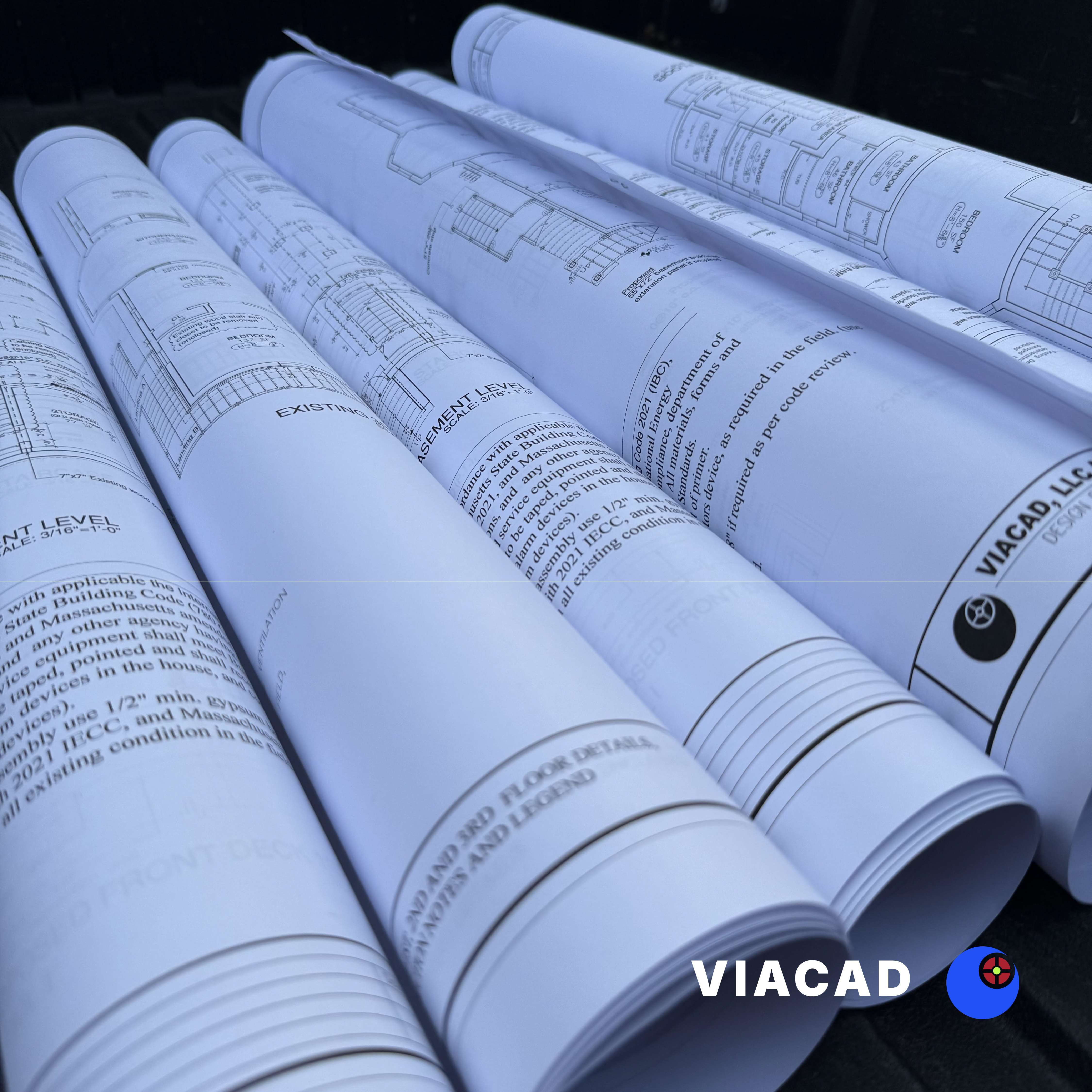
.jpg)
Junior accessory dwelling units (JADUs) are becoming increasingly popular as a practical solution to address housing supply challenges, especially in single family residential areas. These compact, self-contained living spaces provide property owners with an opportunity to add additional living space within their existing primary residence or accessory structures. This article explores the concept of junior accessory dwelling units, their benefits, regulations, and how they differ from other types of accessory dwelling units.
A junior accessory dwelling unit is a small, self-contained dwelling unit created within the walls of an existing primary dwelling or attached accessory structure, such as an attached garage. Unlike detached accessory dwelling units (detached ADUs), which are separate structures built on the same lot as the primary residence, JADUs utilize existing space inside the main house or attached structures. Typically, a junior accessory dwelling includes an efficiency kitchen or a food preparation counter, a separate bathroom, and a private entrance, providing independent living quarters for one or more persons.
The gross floor area of a junior accessory dwelling is generally limited to a reasonable size, often up to 500 square feet, as specified by local building codes and regulations. This compact size makes JADUs an efficient way to add affordable housing options without requiring extensive new construction or significant changes to the existing residence.
Accessory dwelling units (ADUs) come in various forms, including detached ADUs, attached ADUs, and junior accessory dwellings. Detached ADUs are separate structures located on the same property as the primary dwelling, such as a guest house or a converted detached garage. Attached ADUs are additions physically connected to the existing primary residence but designed as a separate living unit.
In contrast, a junior accessory dwelling unit is typically created within the existing primary dwelling, often by converting an existing bedroom or interior space. This means that the junior accessory dwelling shares walls and some utilities with the primary unit but maintains a separate entrance and independent living facilities. Unlike detached accessory dwelling units, JADUs usually do not require new detached structures, which can simplify the permitting process and reduce construction costs.
For property owners, creating a junior accessory dwelling unit offers several advantages. First, it provides additional living space that can accommodate extended family members, adult children, or in-law units, promoting multigenerational living arrangements. This can be especially valuable in single family residences where space is limited.
Second, JADUs can generate potential rental income, helping property owners offset mortgage payments or other expenses. Because JADUs are typically smaller and integrated within the existing residence, they can be more affordable to build compared to detached accessory dwelling units or newly constructed separate structures.
Moreover, junior accessory dwellings contribute to increasing the overall housing supply, which is a critical concern in many urban areas facing housing shortages. By utilizing existing space and structures, JADUs offer an efficient way to add affordable housing options without significantly altering neighborhood character or increasing the floor area ratio beyond local development regulations.

When planning to build a junior accessory dwelling unit, property owners must navigate local regulations and building codes. Many jurisdictions require owner occupancy of either the primary dwelling unit or the junior accessory dwelling, ensuring that the property is not solely used as a rental investment.
Building permits and approvals from the local building department are typically necessary before converting existing space into a junior accessory dwelling. These permits ensure compliance with safety standards, such as fire sprinkler requirements and California building code provisions, which may apply depending on the location. Additionally, permits may require submitting detailed plans for review and approval.
VIACAD, LLC, providing professional design services including blueprints and plans for over 18 years in Massachusetts, is knowledgeable in design, construction, and local zoning regulations. Our expertise helps property owners navigate the permitting process smoothly.
Additionally, JADUs must meet specific development regulations regarding size limits, setbacks from the property line, and parking requirements. For example, some localities may require that the junior accessory dwelling has a separate entrance and a separate bathroom, while also maintaining reasonable size limits to preserve the character of the single family residence.
Creating a junior accessory dwelling unit often involves converting an existing bedroom or other interior space within the existing primary residence. This may require installing an efficiency kitchen or a food preparation counter, adding storage cabinets, and ensuring there is a separate bathroom.
In some cases, attached accessory structures such as an attached garage or covered parking structure can be converted into a junior accessory dwelling, provided they meet local building codes and zoning requirements. However, detached accessory dwelling units and detached structures are generally considered separate from JADUs and may have different regulatory criteria.
Property owners should work closely with building designers, contractors, and local building departments to design a junior accessory dwelling that complies with all relevant codes and regulations.
At VIACAD, LLC, we specialize in creating thoughtful blueprints that transform property owners' visions into beautifully crafted, functional living spaces while ensuring proper interior access, adherence to owner occupancy provisions, and compliance with local building regulations.
Junior accessory dwelling units offer a flexible and cost-effective way for property owners to add additional living space within their existing primary residence or attached structures. By converting existing space into a self-contained dwelling unit with a separate entrance and essential living facilities, JADUs provide affordable housing options that support extended family living and generate rental income.
Understanding the distinctions between junior accessory dwelling units and other types of accessory dwellings, along with the regulatory requirements and design considerations, is crucial for property owners interested in this housing solution. As cities continue to seek innovative ways to expand housing supply, junior accessory dwelling units stand out as a practical and efficient option within single family residential neighborhoods.



Currently accepting projects in Massachusetts.